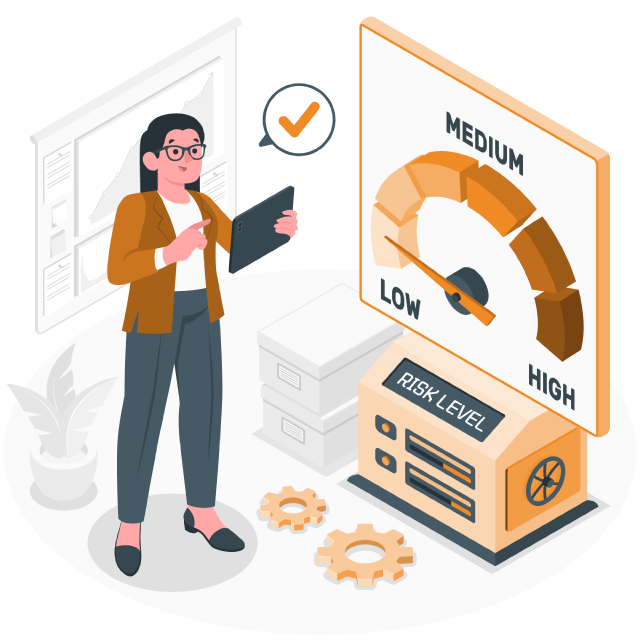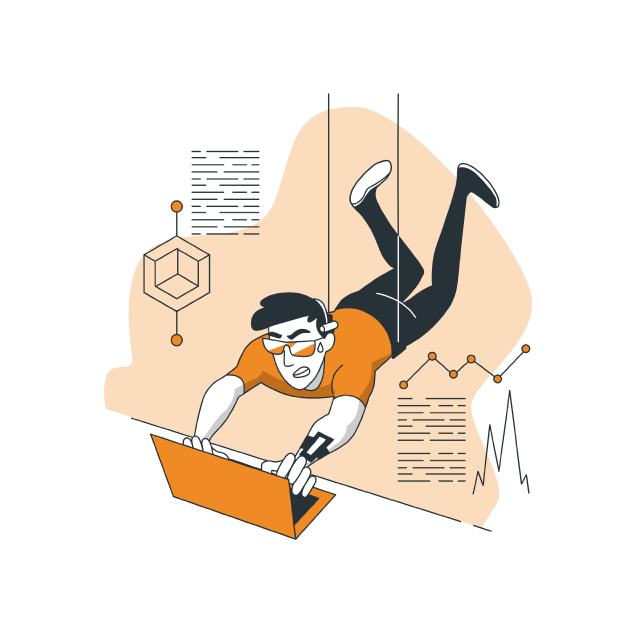As members of the R&D, we know that building great products is about more than just shipping features. It’s about building solutions that are both impactful and inclusive for all of our users. At Ellevation, our core mission is to help English learners achieve their highest aspirations. To do that, we must ensure our platform is accessible to all users, regardless of ability.
The Business Case for Accessibility: From Mandate to Market Advantage
For us, the business case for accessibility is a powerful blend of legal requirements, market demand, and a commitment to our values.
The Legal Mandate
The Americans with Disabilities Act (ADA) is the legal foundation for our work. While originally focused on physical spaces, the ADA’s interpretation has definitively expanded to include digital environments.
A landmark 2024 ruling by the Department of Justice (DOJ) under Title II of the ADA is a game-changer for the education sector. It mandates that all state and local government websites, including those of public school districts, community colleges, and public universities, must comply with the WCAG 2.1 Level AA Standards. This is not a recommendation; it’s a legal requirement with clear deadlines: April 24, 2026 for public entities with populations greater than 50,000, and April 26, 2027 for smaller populations.
As the people responsible for our product strategy and delivery, these deadlines should be top of mind. Our partners will be actively seeking compliant solutions, and our ability to meet that need will be a key competitive advantage.
The “Why” Behind the “What”
Our commitment to accessibility is deeply connected to Ellevation’s core values and how we work every day.
- Build Belonging: Accessibility is fundamental to fostering a culture of inclusion. By making our products usable for everyone, we’re actively embracing diverse perspectives and ensuring no user is left behind.
- Impact + Sustainability: Accessibility is a long-term investment. By prioritizing it, we’re building a more resilient and adaptable product, which balances our social impact with long-term profitability. This proactive approach reduces the need for expensive, last-minute remediation, driving outcomes for years to come.
- Customer Centricity: Our customers, and the students they serve, are at the heart of everything we do. Adhering to accessibility standards ensures we are truly meeting the needs of our diverse user base.
- Relentless Improvement: Accessibility is not a one-time project; it’s a continuous journey. Our commitment to accessibility reflects our dedication to constant learning, growth, and improvement in our products and processes.
Our Accessibility Maturity Model: From Launch to Integrate
To create a clear roadmap, we’re using the Accessibility Maturity Model. This model has four stages: Inactive, Launch, Integrate, and Optimize. At the beginning of 2025, Ellevation was at the Launch stage - there was leadership buy-in, but our activities around accessibility weren’t fully organized.
Our current framework is designed to advance us to the Integrate stage, which means creating a clear roadmap for accessibility work and establishing a well-defined organizational approach.
Our Strategic Approach: Reactive and Proactive
My role is to help our R&D teams navigate this challenge. I introduced a two-pronged strategy: reactive and proactive. This approach addresses some of our core challenges head-on: the initial lack of widespread accessibility domain expertise and the complexity of a platform built on multiple technology frameworks.
The Reactive Playbook: Fixing What We Have
Our reactive strategy is a systematic process for getting our current products up to standard. We faced a key challenge in the beginning: not knowing the true accessibility status of the platform. Our solution was to get a clear, unbiased picture of our gaps by conducting a comprehensive external audit. Here’s a look at the key steps:
Step 1: Identify the Current State
- We mapped our product suite to identify different technology stacks. This gives us a sense of which areas might be easier to remediate and which might be candidates for a rebuild or sunset.
- We conducted an internal audit of Backpack, our design system. This was a significant early win; all high-priority accessibility issues in Backpack have already been resolved. Such as adding an underline to links to make them easily distinguishable from other text. This is a critical step, as Backpack forms the foundational components of our user interface.
- We’ve vetted and partnered with an external vendor for a comprehensive accessibility audit against WCAG 2.2 Level AA.
Step 2: Prioritize and Remediate
A major challenge we faced was having too much to do and not knowing where to start. Our solution was to adopt a phased approach. We are prioritizing audit results based on several factors:
- Target audience: we’re prioritizing features heavily used by student, family, teacher, and administrative in that priority order.
- Technology: we’re prioritizing components that are part or can be added to Backpack, our component library.
- Priority & severity: we’re prioritizing critical and serious issues first.
This allows us to focus our resources on the most impactful work first.
Step 3: Validation
To ensure our fixes are effective, we have planned a comprehensive retesting of remediated features.
The Proactive Playbook: Shifting Left
The proactive strategy is where we can have the most impact on product quality and team efficiency. It’s all about “shifting accessibility left” in the development process. We are addressing the lack of accessibility domain expertise across teams by investing in training and creating a framework for knowledge sharing.
R&D Team Training
We’re not just telling teams to “be accessible.” We are equipping them with the knowledge and tools they need. This includes:
- Foundational Training: Understanding what accessibility is and, more importantly, why it matters to our users.
- Building Scaffolding: Providing teams with practical guidance and frameworks for approaching accessibility in their specific roles.
- Role-Specific Best Practices: Tailoring learning to different functions, design, engineering, and educational solutions, to provide actionable advice.
- Process Integration: Empowering each team to create an accessibility strategy brief with recommendations for how to incorporate accessibility into their own lifecycle, fostering ownership and buy-in.
Early Integration
For new product initiatives, like our upcoming Assessment platform, accessibility is a foundational requirement. The accessibility team is embedded in the product team from the beginning, providing input on all features and testing the product for accessibility before it goes to market. This proactive approach significantly reduces future remediation costs and ensures a truly inclusive product from the start.
Conclusion
This is more than a compliance exercise; it’s an investment in our mission, our values, and the future success of Ellevation. By making our products accessible, we are truly enabling all English learners to achieve their highest aspirations.



